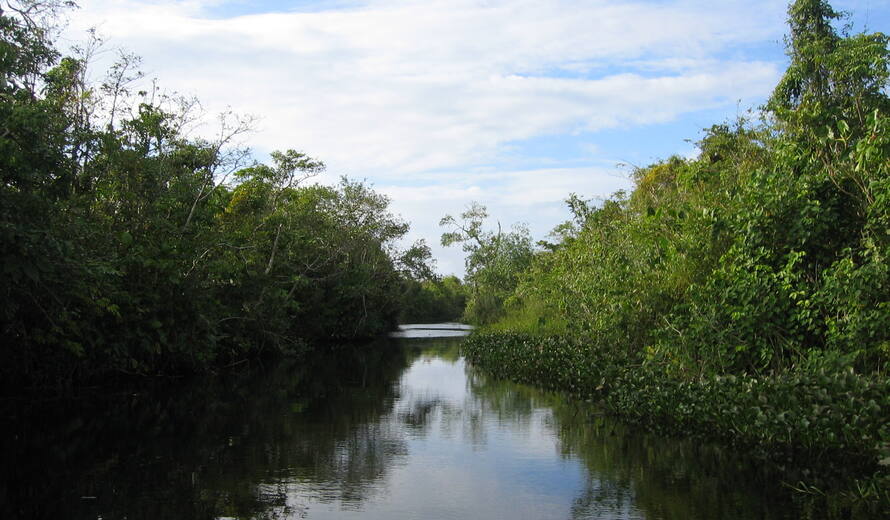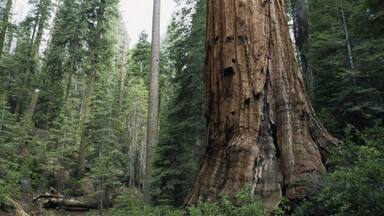Satellite analysis of global mangrove forests released
The United States National Aeronautics and Space Administration, and the US Geological Survey have released a first ever satellite analysis of global mangrove forest coverage. The analysis reveals a total area of 137,760 square kilometers, 12.3% lower than had previously been estimated, and shrinking. For more information, click here.
Mangrove forests grow along tropical coastlines and in salt water environments. They are a critical component of marine ecosystems, serving as nursery grounds for many aquatic species, including commercially important fish species. Mangroves also serve as excellent buffer zones between open ocean and coastal lands, reducing the impacts of storms, and keeping coastal erosion under control. Mangroves forests were also shown to have reduced the impact of the 2004 Southeast Asian tsunami. These rich ecosystems are threatened mostly by conversion into aquaculture (shrimp farms) and agriculture, urban and resort development and rising sea levels.
The World Heritage Convention is an important instrument for the conservation of these endangered ecosystems. Several World Heritage sites have been inscribed in large part due to their rich mangrove ecosystems. The Sundarbans National Park in India, and the neighbouring Sundarbans in Bangladesh together account for the largest area of protected mangroves in the world. These World Heritage sites contribute significantly to the sustainability of commercial fishing in the region, and also harbour the largest remaining populations of Bengal tigers in the world. The Belize Barrier Reef System, which includes seven distinct protected areas scattered along the largest coral reef systems in the Americas, is also rich in mangrove forests. This site was inscribed onto the list of World Heritage in Danger in 2009 due to ongoing destruction of mangroves for resort development. The government of Belize is in the process of restricting this practice. Australia's Great Barrier Reef also contain vast expanses of mangrove forests in the Pacific. For a list of World Heritage sites protecting mangrove forests, see below:
- Galápagos Islands Ecuador
- Everglades National Park USA
- Great Barrier Reef AUS
- Aldabra Atoll Seychelles
- Sian Ka'an Mexico
- Sundarbans National Park India
- Ujung Kulon National Park Indonesia
- Komodo National Park Indonesia
- Puerto-Princesa Subterranean River National Park PHilippines
- Tubbataha Reefs Natural Park Philippines
- Belize Barrier Reef Reserve System Belize
- The Sundarbans Bangladesh
- Cocos Island National Park Costa Rica
- East Rennell Solomon Islands
- Area de Conservación Guanacaste Costa Rica
- Brazilian Atlantic Islands: Fernando de Noronha and Atol das Rocas Reserves Brazil
- Lagoons of New Caledonia: Reef Diversity and Associated Ecosystems France
- Coiba National Park and its Special Zone of Marine Protection Panama
- Malpelo Fauna and Flora Sanctuary Colombia
- Phoenix Islands Protected Area Kiribati
- Papahānaumokuākea USA

